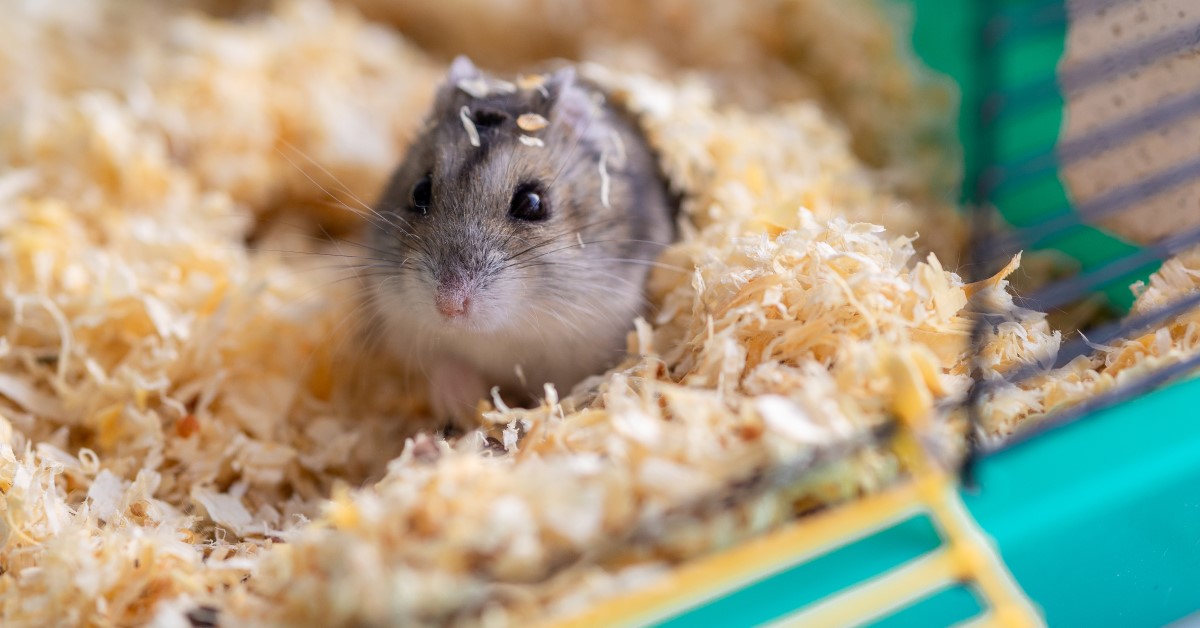Best Hamster Types for Apartments
When considering a pet for a compact living space like an apartment, hamsters can be particularly appealing. Their small size, relatively low maintenance requirements, and engaging personalities make them an ideal choice for urbanites. In this article, we’ll explore the best hamster types for apartment living, along with tips on care and habitat setup, aiming to help you choose the perfect companion.
Choosing the Right Hamster Breed
With several different types of hamsters available, it’s essential to understand the pros and cons of each breed when selecting your new pet. Some types thrive in smaller spaces, while others may require more room to roam. The most popular breeds include the Syrian hamster, the dwarf hamster, and the Roborovski hamster, each with unique traits and care requirements.
Syrian Hamsters
Syrian hamsters, also known as golden hamsters, are the largest breed and typically prefer solitude, making them ideal for single-pet households. They can be quite affectionate and are known for their playful nature. When housing a Syrian hamster in an apartment, it’s paramount to provide a spacious cage with plenty of enrichment activities. The minimum recommended cage size for a Syrian hamster is at least 24 inches long, as they enjoy exploring, burrowing, and climbing.

Dwarf Hamsters
Dwarf hamsters, including Campbell’s, Winter White, and Chinese hamsters, are smaller and known for their social behavior, which can make them easier to bond with in a family setting. They usually do well in pairs or small groups if introduced properly but differ from the more solitary Syrian hamster. The smaller size of dwarf hamsters means their cages can be somewhat compact, but owners still need to ensure ample enrichment, such as tunnels, wheels, and toys, in a cage measuring at least 20 inches long.
Roborovski Hamsters
Roborovski hamsters are the tiniest breed and are known for their agility and speed. While they are often considered the hardiest of hamsters, they prefer being in small groups. For apartment dwellers, Roborovski hamsters are ideal, as their small size allows for easy care in slightly confinement. The recommended cage size for Roborovski is around 24 inches, provided there’s plenty of horizontal space for running around. Owners should be cautious when handling these active little guys, as they require more patience due to their quick movements.
Creating a Comfortable Habitat
Setting up the perfect habitat for your hamster in an apartment is crucial for their well-being. Hamsters need a designated area that mimics their natural environment to stay healthy and active. The type, size, and arrangement of their home can greatly affect their happiness.
Cage Size and Type
The cage should not only be the right size but also escape-proof to ensure their safety, especially if you live in a multi-floor apartment. A wire cage with horizontal bars or a sturdy plastic habitat can work well. Remember to provide plenty of bedding material, such as paper-based products, for burrowing. Adding nesting materials promotes natural behavior, providing a cozy space for resting and sleeping.
Essential Accessories for Fun and Enrichment
Enrichment is vital for maintaining a hamster’s mental and physical health. Accessories like tunnels, exercise wheels, and chew toys offer stimulation. Make sure to position everything within the cage in a way that encourages exploration, creating layers of interest. Change out toys periodically to keep their habitat engaging.

Daily Maintenance and Care
Hamsters may be low-maintenance pets, but they still require daily attention to ensure their well-being. Regular cleaning and monitoring of their habitat is essential to maintain a healthy environment.
Feeding Your Hamster
Your hamster’s diet plays a critical role in their health. A balanced diet typically consists of high-quality commercial hamster pellets, fresh fruits, and vegetables, along with occasional treats like seeds and nuts. Be sure to introduce any new food gradually, as hamsters can have sensitive stomachs. Fresh water must be available at all times, ideally in a bottle with a sipper to deter spills.
Health Checks and Interaction
Regular health checks should become part of your routine, allowing for early detection of any issues. Look out for signs of illness such as lethargy, lethargy, or unusual behavior. In addition to monitoring their health, daily interaction is crucial—take time to socialize with your hamster through gentle handling. Ensure to place your pet in a safe environment free of hazards before letting them explore outside of their cage.
Conclusion
Choosing the right type of hamster for your apartment can set the foundation for a rewarding pet ownership experience. Syrian hamsters, dwarf hamsters, and Roborovski hamsters each offer unique qualities suited for smaller living spaces. By providing an adequately sized cage, thoughtful enrichment, and proper care, you can ensure that your hamster thrives in your apartment. Caring for a hamster can be a delightful journey, offering companionship and joy in your daily life.
FAQ
1. What is the best hamster breed for children in apartments?
The Syrian hamster is often recommended due to its docile nature, making it easier for children to handle. Their larger size compared to dwarf hamsters allows children to learn proper handling techniques without overwhelming them.
2. How can I make my apartment more hamster-friendly?
Use non-toxic plants, secure loose wires, and remove any small items that could be ingested. Designate a play area where your hamster can explore safely, using barriers to contain them and prevent unwanted escapes.
3. How much space does a dwarf hamster need in an apartment?
A dwarf hamster requires a recommended cage size of at least 20 inches long. However, additional accessories safely arranged inside can increase the available space for activity and exploration.
4. Are hamsters social animals?
Dwarf hamsters tend to be more social than Syrian hamsters, often enjoying the company of their own kind. However, solitary breeds like Syrian hamsters prefer to live alone. Introduce pairs of dwarf hamsters carefully to prevent aggression.
5. Is it necessary to exercise my hamster outside of their cage?
While exercise wheels in their cage provide good workout options, letting them explore in a designated safe area can enrich their lives. However, always supervise their outside activities to keep them safe and secure.
6. How long do hamsters live in apartments?
On average, hamsters live around 2 to 3 years, depending on the breed and care provided. Providing a healthy diet and suitable habitat can contribute to extending their lifespan.
